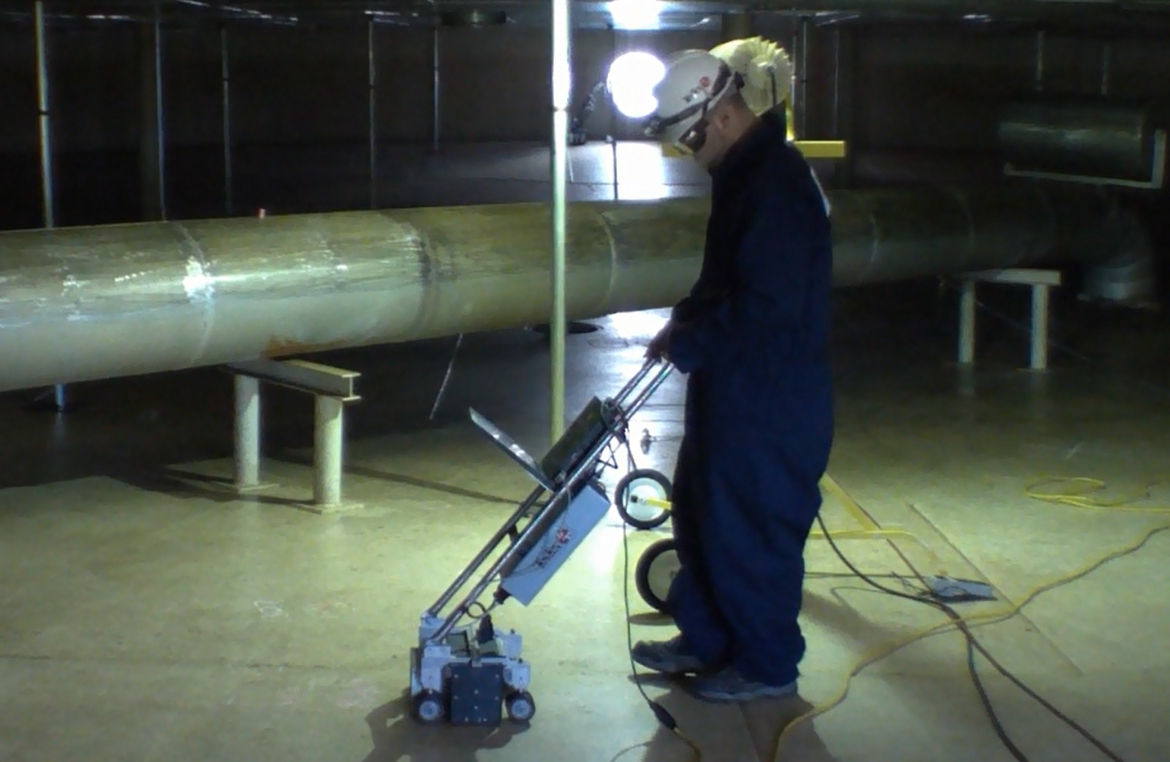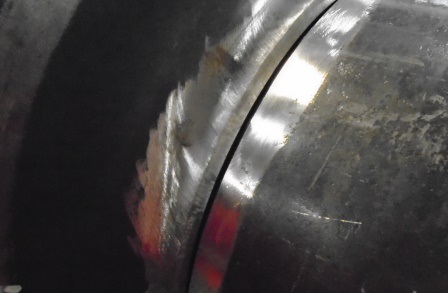A Detailed Summary of Container Welding Inspection Criteria and Methodologies for Improved Weld Quality and Efficiency
The relevance of welding evaluation criteria in the manufacturing of storage tanks can not be overemphasized, as they act as the foundation for guaranteeing weld stability and functional integrity. Various evaluation methods, consisting of aesthetic evaluations and progressed non-destructive testing approaches, are vital in identifying prospective problems that can endanger efficiency. Sticking to governing criteria not just boosts weld top quality yet additionally minimizes the threat of pricey failings. As we discover the subtleties of these techniques, it comes to be imperative to consider just how an organized strategy can change existing techniques and cause considerable enhancements in outcomes.
Significance of Welding Inspection Specifications

Welding examination requirements incorporate a variety of criteria, consisting of material requirements, welding treatments, and credentials of personnel associated with the welding process. By imposing these criteria, organizations can methodically determine and fix potential problems, therefore minimizing the probability of expensive repairs or tragic failures. Additionally, extensive evaluation practices foster a society of accountability and accuracy, encouraging welders to preserve high degrees of workmanship.

Usual Welding Examination Techniques


Ultrasonic Examining (UT) is one more common technique, making use of high-frequency acoustic waves to discover internal imperfections that might not show up on the surface. This technique is especially effective for recognizing spaces or inclusions within the weld steel. Magnetic Bit Testing (MT) is additionally commonly made use of, particularly for ferromagnetic materials, as it discloses surface and near-surface defects via the application of magnetic fields and ferrous fragments.
Furthermore, Liquid Penetrant Screening (PT) spots surface-breaking issues by applying a penetrant to the weld and after that utilizing a developer to attract out the penetrant. Each of these techniques adds to an extensive examination technique, ensuring that welds satisfy the stringent high quality criteria needed in container building.
Governing Criteria and Conformity
Regulatory requirements and compliance are crucial elements in ensuring the security and integrity of welded frameworks in tank building - Tank Welding Inspection. These criteria serve to establish minimum needs for material residential properties, welding treatments, and evaluation methods, therefore decreasing the danger of architectural failings and enhancing general efficiency
Trick organizations, such as the American Society of Mechanical Designers (ASME) go now and the American Welding Culture (AWS), give guidelines that are commonly embraced in the sector. Conformity with these standards not only makes sure adherence to ideal techniques but also satisfies lawful and legal commitments, safeguarding the interests of stakeholders.
Governing bodies often mandate adherence to details codes, such as ASME Code Area IX for welding certifications and API 650 for bonded containers. These codes describe requirements for welding strategies, certifications of workers, and screening approaches to validate weld stability.
Routine audits and inspections are crucial to maintaining conformity, as they aid recognize variances from established requirements. Non-compliance can lead to considerable charges, job delays, and safety risks. Thus, a robust understanding of governing criteria and a dedication to conformity are extremely important in achieving website here premium and resilient welded container frameworks.
Non-Destructive Checking Techniques
How can the integrity of bonded frameworks be guaranteed without causing damages? Non-destructive screening (NDT) techniques provide a robust remedy, allowing examiners to evaluate weld top quality without endangering the material - Tank Welding Inspection. Among one of the most typical NDT techniques are ultrasonic testing (UT), radiographic screening (RT), magnetic bit testing (MT), and color penetrant testing (PT)
Ultrasonic screening employs high-frequency sound waves to identify internal defects and define product residential or commercial properties. It provides specific measurements and is particularly efficient for thick materials. Radiographic screening includes passing X-rays or gamma rays visit this page via the weld, producing images that disclose structural defects such as fractures or spaces. This technique is important for evaluating the honesty of complicated welds.
Magnetic particle testing is fit for ferromagnetic products, where magnetic fields disclose surface and near-surface discontinuities. Color penetrant screening utilizes a fluid color to highlight surface-breaking defects, making it a reliable method for non-porous materials.
Each of these NDT approaches has distinct advantages, permitting for comprehensive evaluations customized to specific materials and welding procedures. By applying these techniques, markets can make sure the integrity and safety of welded structures, eventually improving total efficiency.
Enhancing Weld Top Quality Through Evaluation
Efficient assessment plays a crucial role in enhancing weld high quality, functioning as a crucial checkpoint in the manufacture procedure. By identifying potential defects early, evaluations alleviate the danger of endangered structural integrity and ensure compliance with industry requirements. Utilizing a combination of visual exams, non-destructive screening (NDT) techniques, and mechanical analyses, examiners can spot issues such as porosity, cracks, and incomplete fusion.
Applying a durable assessment procedure not only improves the overall top quality of welds yet additionally promotes a culture of accountability among welders and makers. Normal training and qualification of assessment workers ensure that they are equipped with the essential abilities to acknowledge and resolve possible issues efficiently. This positive method minimizes rework and linked expenses, ultimately adding to predict effectiveness.
Furthermore, thorough paperwork of evaluation searchings for supplies important insights right into repeating issues, promoting constant improvement in welding techniques. By leveraging sophisticated technologies, such as automated ultrasonic screening or digital radiography, weld top quality can be improved through extra exact evaluations. To conclude, an extensive inspection procedure is essential in attaining premium welds, ensuring security, reliability, and durability in tank construction.
Conclusion
In conclusion, the execution of extensive tank welding examination standards and methodologies is vital for ensuring weld integrity and performance. By using a mix of aesthetic examinations, non-destructive screening approaches, and adherence to regulatory standards, organizations can effectively identify and mitigate potential defects.
Comments on “Comprehending the Secret Steps in Tank Welding Inspection Procedures”